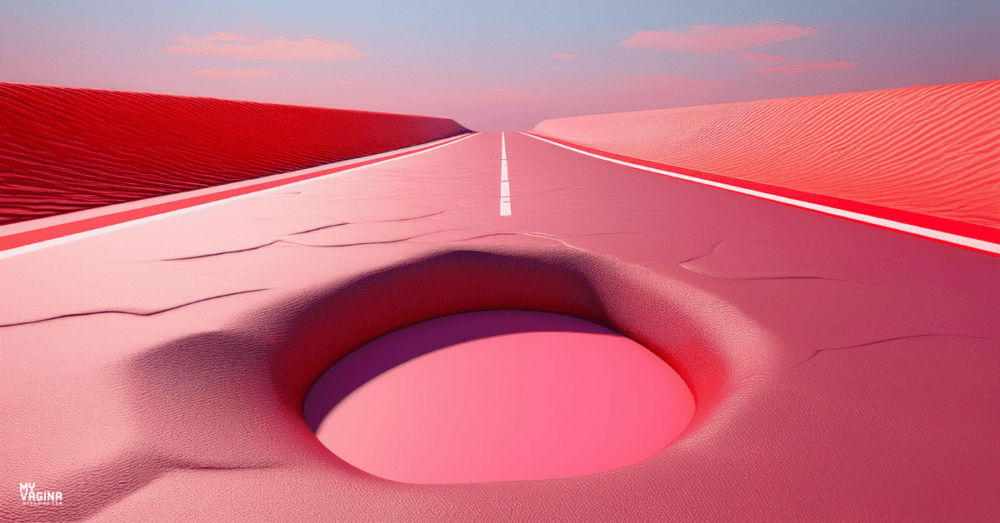Lichenoid conditions that affect the vulva may respond well to oral zinc therapy. There is evidence that those with oral and vulvar/vaginal lichenoid conditions are lower in zinc than those without.
Why zinc?
Zinc is essential for epithelial cell growth, skin healing and immune function, with anti-inflammatory effects, while being a co-factor for many enzymatic reactions.
Deficiency results in the induction of the cytotoxic activity of T-helper cells, which appears to be linked with some lichenoid conditions.
What the research tells us about zinc and lichen planus
Some of the research into lichenoid conditions concerns oral conditions such as oral lichen planus. The tissue of the mouth and vagina/vulva are closely aligned, and lichenoid conditions can impact both areas, specifically vulvar and vaginal lichen planus. The comparable tissue type allows us to use research in both vulvar and oral lichenoid conditions.
We know people with some lichenoid conditions have low zinc
In one study1 on oral lichen planus (OLP), 22 people with non-erosive OLP and 44 without lichenoid conditions were assessed for serum zinc levels.
The mean serum zinc levels in the erosive and non-erosive LP groups were 8.3 and 11.15 respectively, while the control group serum zinc was 15.74 umol/L. This disparity in zinc status was statistically significant, demonstrating decreased serum zinc levels in people with erosive oral lichen planus.
From a functional medicine standpoint (not reported in the study, this is the view of My Vagina) both the erosive and non-erosive groups of OLP patients were zinc deficient as a group.
Zinc therapy helps lichen planus – significantly
A case series2 of three patients with oral lichen planus who all experienced significant improvements after oral zinc treatment.
The first patient was prescribed a week of 0.1 per cent triamcinolone acetonide (steroidal) oral paste and eight weeks of twice daily oral 50mg zinc acetate. On the visual analogue scale (VAS), initially, the patient was 10/10.
Over the course of eight weeks, the lesions gradually decreased to 1/10, with a 90 per cent decrease in the size of the lesions. At the follow-up appointment two months post-treatment, the burning sensation had completely disappeared with complete clearance of the lesions.
The second patient had a 10/10 burning sensation on VAS, with a similar treatment regime as the first patient, with an 80 per cent decrease in the size of the lesion (global index scale) in the eight weeks of treatment.
The third OLP patient was a VAS 10/10 at the start of treatment, which dropped to 4/10 at the second visit. The patient stopped treatment before the third visit, and the VAS jumped back up to 8/10. Once treatment resumed, at the eight-week mark, the lesion was decreased by 90 per cent.
Optimal zinc levels and testing
Lab reference ranges of zinc are around 11-22 umol/L (72-144 μg/dL), with optimal levels being 16-17 umol/L (105-111 μg/dL).
Plasma zinc is a more sensitive test than serum zinc. Always do zinc tests in a fasting state, as zinc levels will rise in a fed state.
Best zinc supplement type and dose
A more bioavailable type of zinc to supplement with is zinc picolinate3. A reasonable guide is to supplement with 25mg for three months, then retest. If results are still lower than optimal, or the starting point was very low, increase dose up to 50mg, then retest after three months.
Avoid taking zinc with iron supplements, or tin, as they both inhibit zinc absorption4. Test zinc alongside copper to test for ratios – they should be about equal, with zinc winning a little bit.
Increase zinc-rich foods. While not everyone has access to high quality fresh seafood, as a marker, oysters have up to 10 times the zinc of a piece of steak!
References
- 1.Gholizadeh N, Mehdipour M, Najafi S, Bahramian A, Garjani S, Khoeini P. Evaluation of the serum zinc level in erosive and non-erosive oral lichen planus. J Dent (Shiraz). 2014;15(2):52-56. https://www.ncbi.nlm.nih.gov/pubmed/24883340
- 2.Chaitanya N, Chintada S, Kandi P, Kanikella S, Kammari A, Waghamare R. Zinc Therapy in Treatment of Symptomatic Oral Lichen Planus. Indian Dermatol Online J. Published online 2019:174. doi:10.4103/idoj.idoj_230_18
- 3.Barrie SA, Wright JV, Pizzorno JE, Kutter E, Barron PC. Comparative absorption of zinc picolinate, zinc citrate and zinc gluconate in humans. Agents and Actions. Published online June 1987:223-228. doi:10.1007/bf01974946
- 4.Valberg LS, Flanagan PR, Chamberlain MJ. Effects of iron, tin, and copper on zinc absorption in humans. The American Journal of Clinical Nutrition. Published online September 1984:536-541. doi:10.1093/ajcn/40.3.536

Get a fresh perspective with a qualified, experienced vulvovaginal specialist naturopath.
This product has multiple variants. The options may be chosen on the product page
The most comprehensive vaginal microbiome test you can take at home, brought to you by world-leading vaginal microbiome scientists at Juno Bio.
Easy-to-use BV and AV treatment program.

Promote and support a protective vaginal microbiome with tailored probiotic species.







